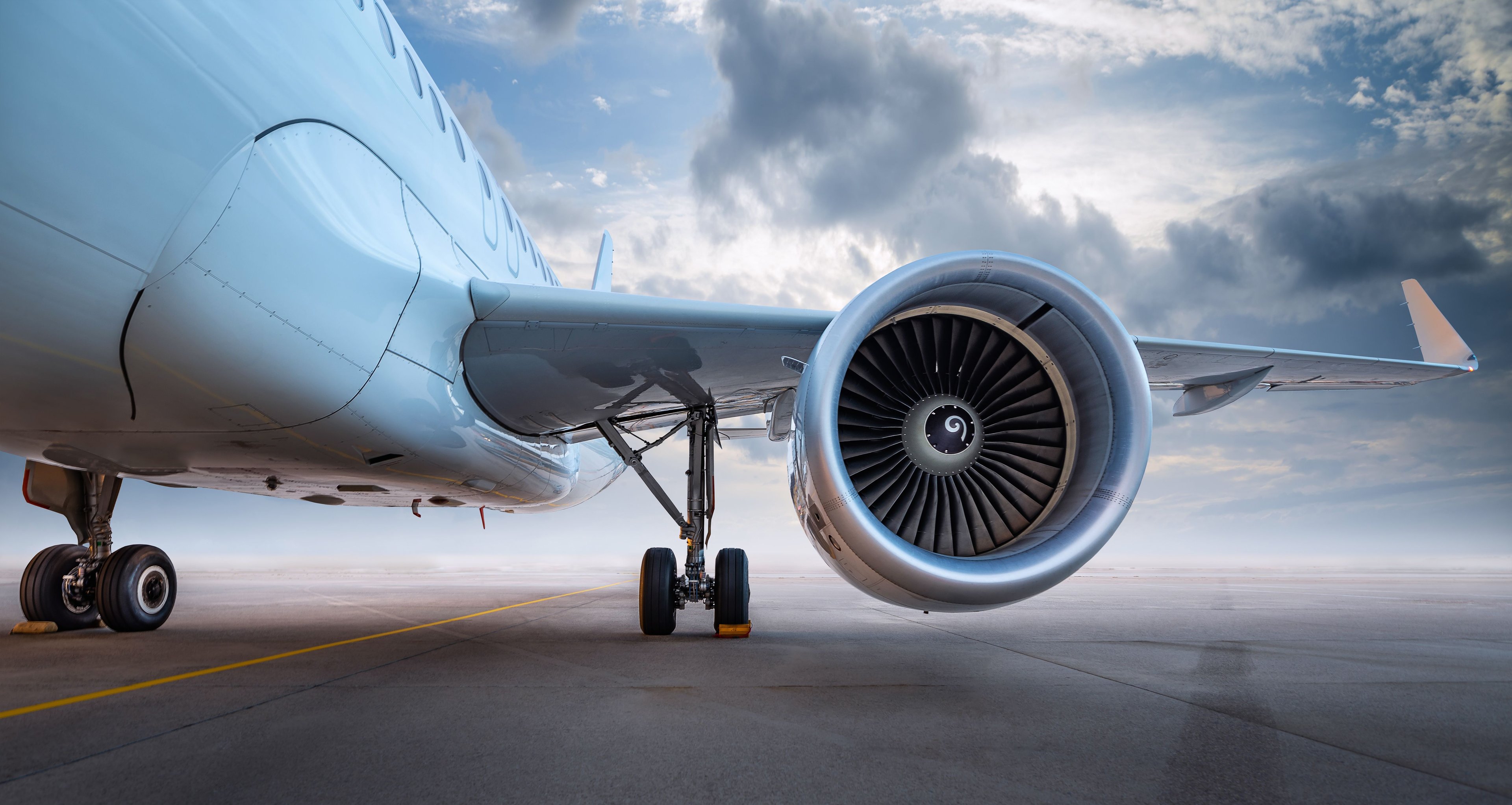In recent years, fuel surcharges -- or vaguely worded "carrier-imposed charges" -- have been commonplace in the global airline industry, even after oil prices plunged beginning in 2014. Japan is fairly distinct in having a government-regulated system in which fuel surcharges correspond directly to jet fuel prices -- on a lagging basis.
During 2015 and 2016, falling fuel surcharges created a big unit revenue headwind for Hawaiian Holdings (HA +0.00%) in Japan. By contrast, rising jet fuel prices are now pushing fuel surcharges higher on routes between Japan and Hawaii -- providing a nice tailwind for Hawaiian in its largest international market.

Hawaiian Airlines will benefit from higher fuel surcharges in Japan this year. Image source: Hawaiian Airlines.
Fuel surcharges are rising in Japan
In early 2016, fuel surcharges disappeared entirely on flights to and from Japan as the price of jet fuel fell below 6,000 yen per barrel, the lower bound of the fuel surcharge schedule. At the beginning of 2017, there was still no fuel surcharge.
However, jet fuel prices have been on an upward trajectory since January 2016. As a result, fuel surcharges began to reappear last year. For tickets to and from Hawaii purchased in February and March, the surcharge was 2,000 yen each way, about $18 at today's exchange rate. The surcharge increased to 4,000 yen in April, fell back to 2,000 yen beginning in August, and returned to 4,000 yen as of Dec. 1.
Jet fuel prices made another upward move this fall. As a result, the fuel surcharge for Japan-Hawaii flights is set to reach 6,000 yen on Feb. 1.
Furthermore, the price of Singapore jet fuel has been hovering around $1.90 per gallon recently. At today's exchange rate, that translates to just over 9,000 yen per barrel. If prices remain at this level or move higher, the fuel surcharge will rise again later this year, reaching 8,500 yen each way for Japan-Hawaii flights. That's about $150 per round trip.
Hawaiian Airlines is uniquely positioned to benefit
Japan is Hawaii's largest source of international tourists. As a result, it's a very important market for Hawaiian Airlines, which currently operates 31 weekly flights from Japan (mainly Tokyo) to Hawaii. Japan accounts for about 15% of Hawaiian's revenue today.

Japan is Hawaiian Airlines' most important international market. Image source: Hawaiian Airlines.
Hawaiian's substantial Japanese footprint meant that falling fuel surcharges had a big negative impact on its unit revenue a few years ago. By contrast, rising fuel surcharges became a tailwind in 2017, helping Hawaiian Airlines post double-digit unit revenue growth outside the U.S. in its most recently reported quarter. If anything, the benefit from higher fuel surcharges will be even larger in 2018.
By contrast, no other U.S. airline has much exposure to Japan anymore. Historically, Delta Air Lines (DAL 0.45%) had a big presence in Japan, having inherited a hub in Tokyo as part of its merger with Northwest Airlines. However, Delta has been winding down that hub since 2011, while adding flights from U.S. hubs including Seattle, Los Angeles, and Atlanta directly to the Asian mainland.
Indeed, as of the third quarter, trans-Pacific routes accounted for just 7.2% of Delta's passenger revenue, down from 12.7% five years earlier. This trend suggests that flights to and from Japan now account for less than 5% of Delta's revenue, too little for the fuel surcharge changes to have much impact.
One more reason to expect unit revenue growth in 2018
Hawaiian Holdings stock has lost about a third of its value over the past year, even though the recently passed tax reform bill will boost its net income by more than 20%, all else equal. Investors appear to be extremely worried that a big uptick in industry capacity in the West Coast-Hawaii market will undermine Hawaiian's unit revenue this year.
As I have previously noted, these fears may be overstated. Furthermore, the combination of easy year-over-year comparisons and the recent collapse of Island Air -- Hawaiian Airlines' main rival within Hawaii -- should drive strong unit revenue growth in the inter-island market during 2018.
With rising fuel surcharges in Japan likely to power solid unit revenue gains in the international market as well, Hawaiian Holdings is well positioned to blow past analysts' downbeat earnings estimates in 2018. That could trigger a swift recovery in its stock price.




